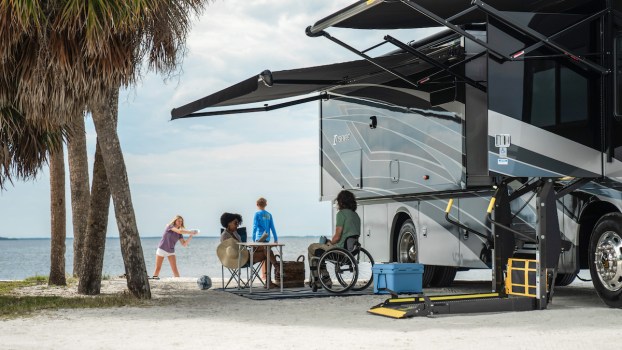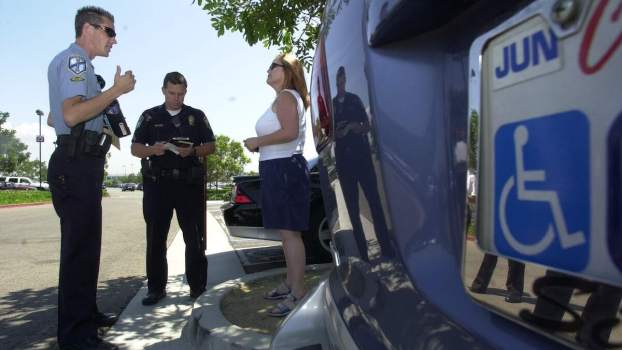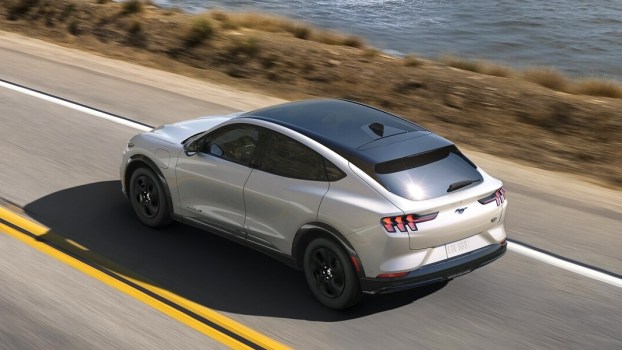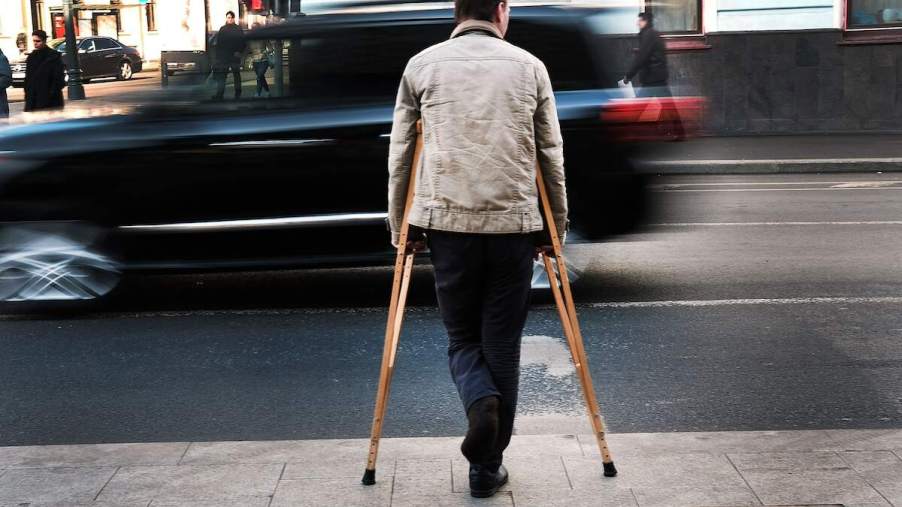
Can You Drive With Only 1 Leg?
Driving is a fundamental aspect of modern life, providing a sense of freedom and convenience. However, it comes with responsibilities and regulations, particularly regarding a driver’s physical abilities. We’ll explore the safety and legality of driving with only one leg, taking into consideration scenarios such as an injured limb, amputation, and prosthetics.
The challenges of driving with 1 leg
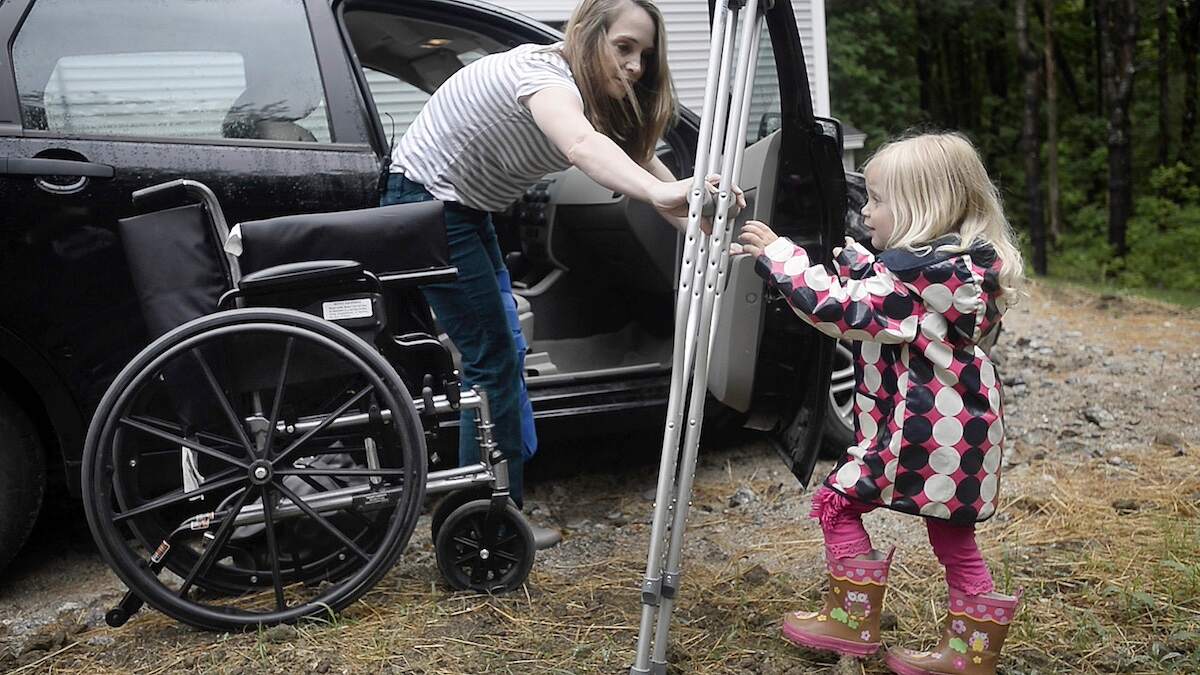
Driving with one leg can pose distinct challenges, depending on which leg is affected. For individuals with a left leg injury or disability, adjusting to driving with only the right leg is typically easier. That’s because most vehicles position the accelerator and brake pedals for right-foot operation.
“Drivers that have lost their left leg can usually drive a standard automatic vehicle with the accelerator on the right,” Driver Knowledge Tests explains.
Is it legal to drive with 1 leg?
The legality of driving with one leg depends on the type of car. In the case of automatic vehicles, driving with only one leg is generally legal and safe. However, the driver must be able to use the accelerator and brake pedals using their remaining limb effectively. The situation becomes more complicated with manual transmission cars. That’s because they typically require both legs to operate the clutch, accelerator, and brakes.
Operating a manual vehicle with one leg might be illegal in specific jurisdictions due to the necessity of using both legs to control the pedals effectively. It’s important to understand that laws are in place to ensure the safety of the driver, passengers, and other road users. Attempting to operate a manual vehicle with one leg can be unsafe. It could impair the driver’s ability to maintain control, leading to car accidents.
Do drivers with leg injuries and amputations qualify for a handicapped parking permit?
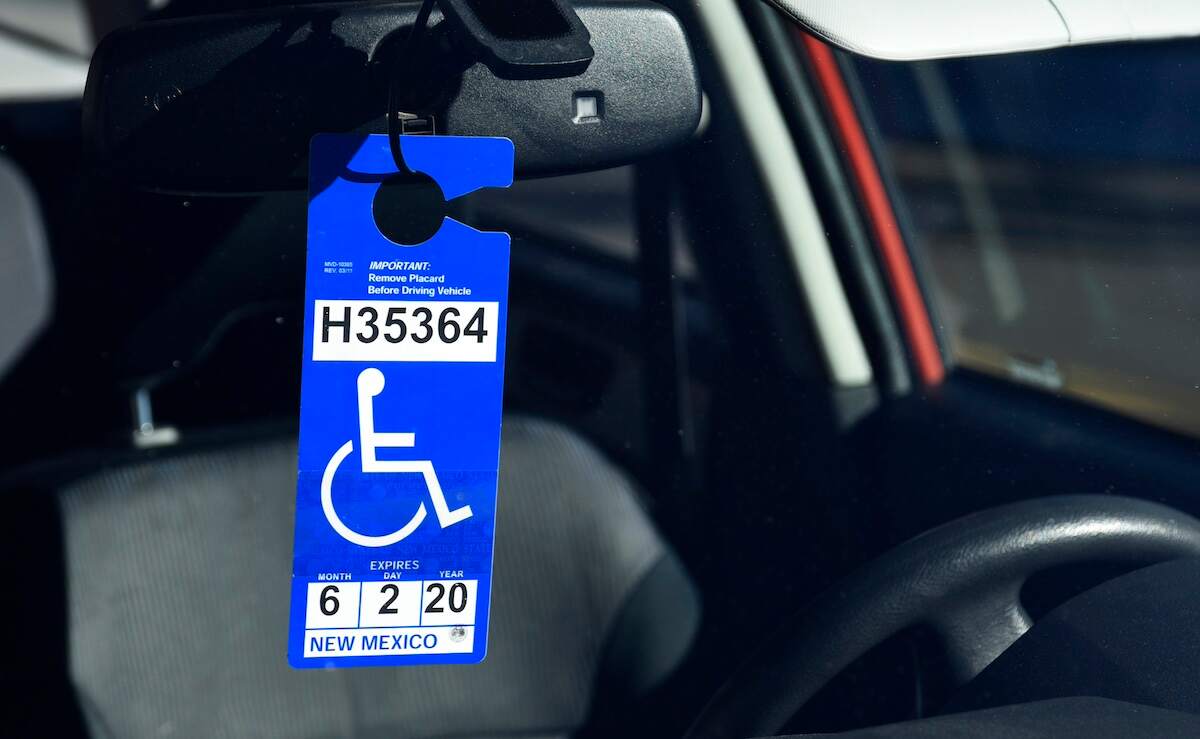
One significant consideration for individuals with leg injuries or amputations is whether they qualify for a handicapped parking permit. In many regions, losing one or both legs is grounds for obtaining such a permit. These permits enable individuals with mobility issues to access designated parking spaces closer to their destinations, making navigating their activities more convenient.
The criteria for obtaining a handicapped parking permit varies by jurisdiction. However, individuals with one leg who experience challenges walking or require assistive devices, such as crutches or a prosthetic, typically meet the eligibility requirements. A handicapped parking placard can provide convenience and accessibility, allowing the permit-holder to accomplish activities more easily.
Modifications and features for 1-legged drivers
Fortunately, vehicle modifications and features can make driving with one leg easier and safer. These adaptations can help drivers gain independence and confidence on the road. Some common modifications include:
- Modified pedals: Vehicles can be equipped with pedal extensions or custom pedal setups, allowing a driver’s left leg to reach the accelerator and brake pedals more comfortably.
- Hand controls: These controls enable motorists to brake and accelerate using their hands instead of their feet.
- Voice command systems: Advanced vehicles are equipped with voice command systems that allow drivers to control various functions, such as adjusting climate settings, making phone calls, and operating the infotainment system, without the need for manual input.
- Automatic transmission: Choosing an automatic transmission car eliminates the need to operate a clutch, making driving more manageable for drivers with one leg.
These adaptations can help people with disabilities enjoy the independence that driving provides while maintaining their and others’ safety on the road.
